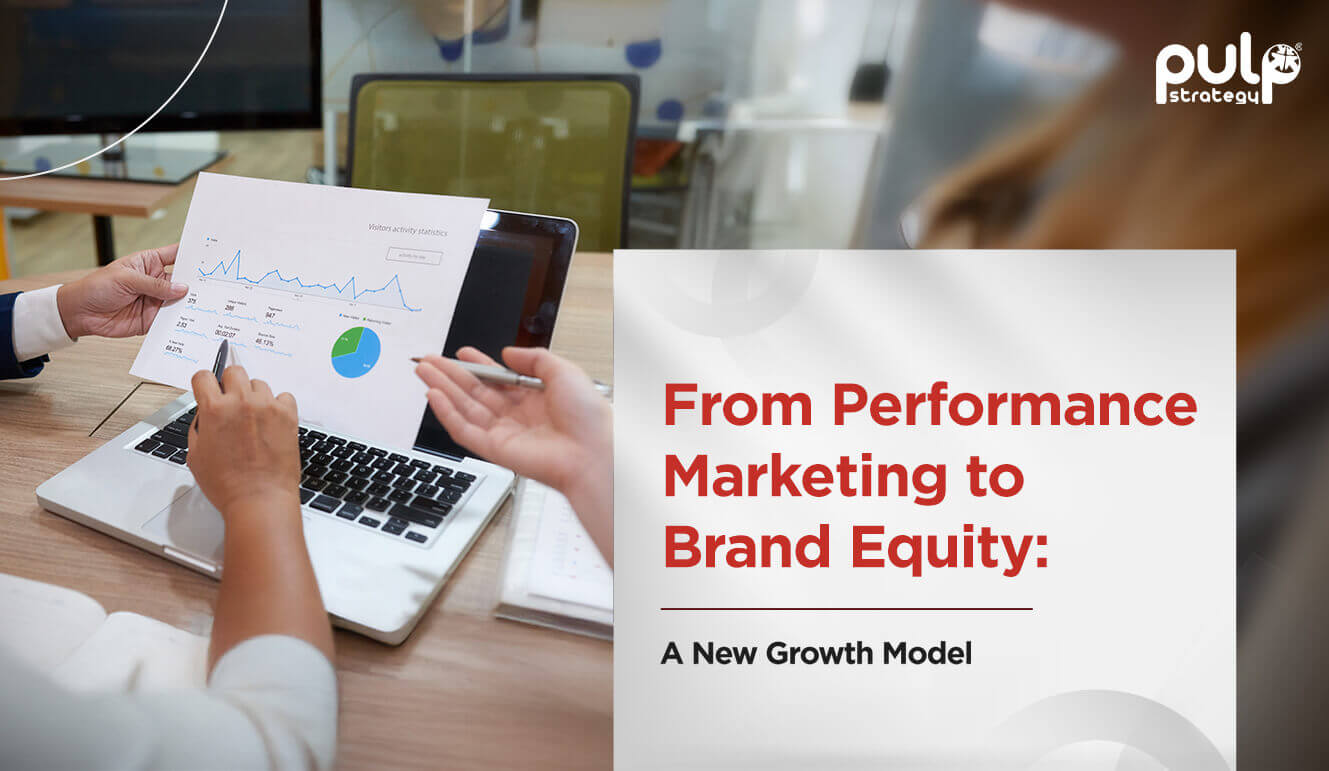Let’s be honest marketing today is a battle for attention. Consumers are bombarded with messages, ads, and content 24/7. Standing out isn’t just about being seen; it’s about being relevant.
Now, imagine this: A customer checks out a product on your website, later sees a perfectly timed reminder on social, and gets an exclusive offer in their inbox—right when they’re about to make a decision. No guesswork, no wasted spending—just smart, precision-driven engagement.
That’s the power of blending technology with creativity—making every brand interaction feel personal, seamless, and valuable.
Creativity + Technology = Marketing That Works

There’s a common fear that technology, automation, and AI will kill creativity. But here’s the real truth: When used right, tech makes creativity stronger, smarter, and more scalable.
We’re seeing a shift where brands use data and insights to fuel personalized storytelling, making every ad, email, or social post feel like it was made just for the customer.
Take Lenovo’s CIO Chat Show—instead of blasting generic IT messaging, they created intent-based content experiences that spoke directly to CIOs’ real business challenges. The result? Higher engagement and decision-ready conversations.
What this means for CMOs:
- Get creative with data. Insights should drive storytelling, not just sales pitches.
- Think audience-first. The most memorable marketing feels like a conversation, not a campaign.
- Use tech to scale personalization. But don’t lose the human touch.
Goodbye Generic, Hello Adaptive Marketing

- The old way? One-size-fits-all messaging.
- The new way? Real-time, adaptive marketing.
Brands like Spotify, Amazon, and Netflix have nailed this by constantly adjusting content and recommendations based on user behavior.
Consumers today expect the same from every brand—whether it's a hyper-personalized email, a customized ad experience, or a social media journey tailored to their interests.
Pulp Strategy’s Trails of India campaign tapped into this, building a digital-first community for passionate motorcyclists. Instead of pushing ads, it became a content-driven hub where riders could share experiences, access geo-tagged routes, and connect over their shared passion. 300% increase in engagement. No gimmicks—just content that truly resonated.
What this means for CMOs:
- Create living, breathing content ecosystems. Make your brand an experience, not just a touchpoint.
- Move beyond personalization—think participation. Let your audience engage and contribute.
- Ditch static messaging. Use dynamic, behavior-based content that evolves with the consumer journey.
MarTech-Powered Conversations: From Automation to Engagement

Let’s talk about conversational marketing.
AI chatbots and automation aren’t new, but how brands use them is evolving. Consumers don’t just want answers—they want interactions that feel personal.
Imagine an AI-driven chatbot that remembers your last purchase and recommends something better.
Or a WhatsApp journey that nudges a lead at the right moment with an exclusive offer.
Or LinkedIn messages that feel genuinely helpful, not just salesy.
When done right, conversational marketing deepens engagement without feeling robotic. But the key? Strategy.
What this means for CMOs:
- Use automation to enhance engagement, not replace it. Personal touch still wins.
- Be where your customers are. Whether that’s WhatsApp, LinkedIn, or Threads.
- Drive conversions through meaningful interactions, not just lead forms.
The Balancing Act: Where Brands Go Wrong

Creepy personalization. No one likes an ad that feels like it’s watching them.
Over-automation. If it feels robotic, it loses impact.
Focusing too much on tech, too little on storytelling.
Great marketing isn’t just about data and automation—it’s about making connections that matter.
Brands that get this right aren’t just selling products. They’re building trust, loyalty, and communities.
The Future of Brand Engagement: What CMOs Need to Focus on in 2025

Marketing isn’t about choosing between tech or creativity. It’s about using both—strategically.
The future belongs to brands that can:
- Turn data into engaging experiences
- Use technology to scale creativity, not replace it
- Build marketing ecosystems, not just campaigns
The question isn’t whether to invest in tech-powered marketing. The question is:
Are you using it to connect—or just to automate?







